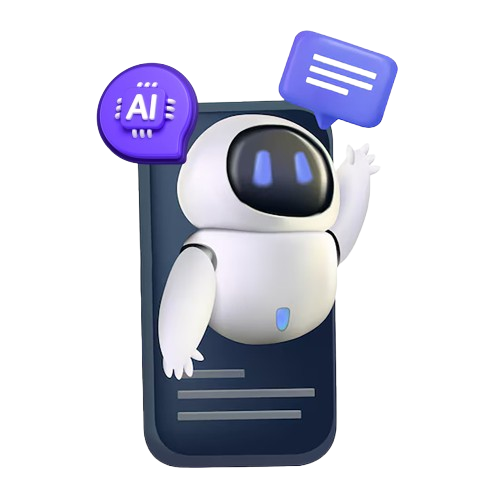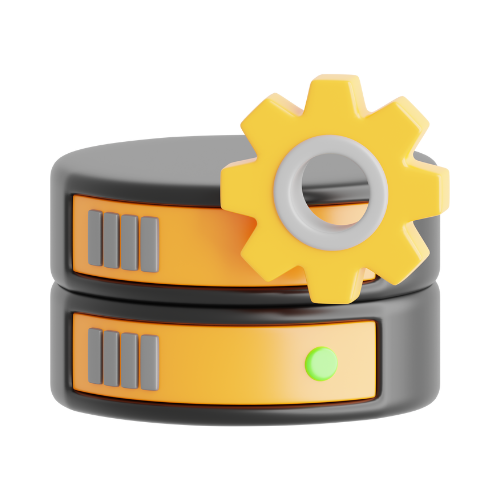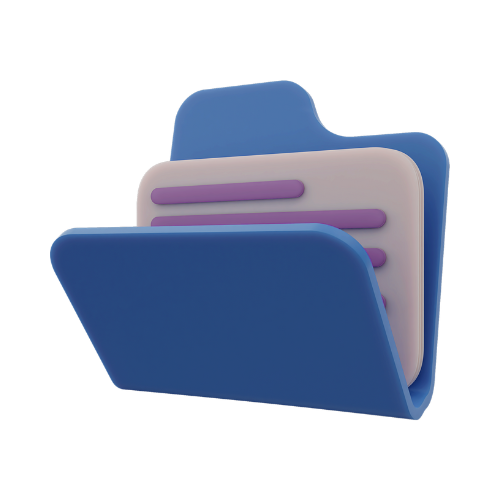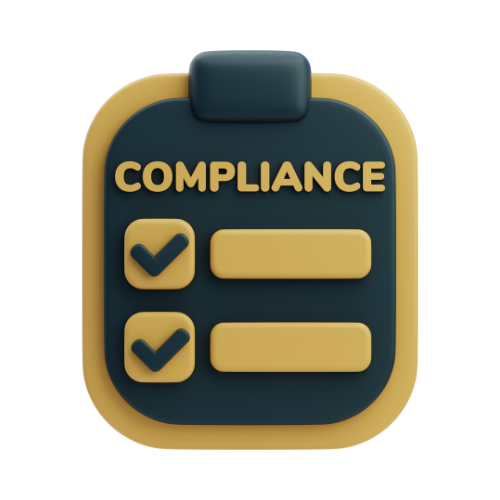LGIM
Integration Of The Medallion Architecture For LGIM
LGIM (Legal & General Investment Management), a leading global investment firm, faced critical challenges in managing and integrating vast volumes of data from multiple sources, including APIs, databases, and file systems. Their fragmented data infrastructure led to inefficiencies, data inconsistencies, and limited scalability, hindering their ability to extract real-time, actionable insights. SymuFolk partnered with LGIM to build a scalable, structured, and automated data ecosystem, ensuring better governance, performance, and accessibility for advanced decision-making.
Total Hours
0
+
Overall Efficiency
0
%
Reduced Operations Cost
0
%
Satisfaction Rate
0
%

Challenges
LGIM encountered key issues that disrupted their data operations:
- Data Fragmentation: Siloed data across multiple systems prevented a unified, structured view for decision-making.
- Inconsistent Data Quality: Errors, variations in data formats, and manual handling reduced analytics reliability.
- Scalability Limitations: Existing infrastructure struggled to process growing data volumes efficiently.
- Restricted Access: Business users lacked easy access to clean, well-organized data.
- Delayed Insights: Manual processes slowed reporting and analysis, delaying decision-making.

Solution
SymuFolk implemented a Medallion Architecture with Apache NiFi to unify LGIM’s data ecosystem, automating workflows for seamless, scalable, and structured data management. We built a three-layered architecture—the Bronze Layer stored raw data with traceability, the Silver Layer cleaned and transformed data for analytics, and the Gold Layer provided refined, business-ready insights.
Additionally, we automated data standardization and integrated robust error-handling mechanisms to ensure continuous operations with minimal downtime. This transformation allowed LGIM to streamline data governance, scale seamlessly, and enable real-time insights for business decision-making.
Additionally, we automated data standardization and integrated robust error-handling mechanisms to ensure continuous operations with minimal downtime. This transformation allowed LGIM to streamline data governance, scale seamlessly, and enable real-time insights for business decision-making.
our input

Python

GraphQL

Node.js

NestJS

PHP

Microsoft Net
RESULTS
SymuFolk’s strategic data solution transformed LGIM’s data operations, improving governance, efficiency, scalability, and performance while enabling real-time accessibility and accuracy.
SymuFolk’s strategic data solution transformed LGIM’s data operations, improving governance, efficiency, scalability, and performance while enabling real-time accessibility and accuracy.
100%
100%
Enhanced Data Governance
100% traceability of data from ingestion to output, improving compliance and data lineage tracking.
90%
90%
Improved Accessibility
90% increase in data availability for business users, reducing reliance on IT teams for data access.
50%
50%
Optimized Performance
Reduction in manual processes, leading to faster, more accurate data availability.
how we did it

Data Ingestion & Integration
Used Apache NiFi to collect and unify data from APIs, databases, and flat files.

Data Standardization
Implemented cleaning and transformation processes in the Silver Layer for uniformity.

Data Curation & Refinement
Optimized structured data in the Gold Layer for business insights.

Automated Error Handling
Integrated real-time logging and issue resolution mechanisms to ensure smooth operations.

Data Governance & Compliance
Maintained 100% traceability across all data layers for security and compliance.

Continuous Optimization
Ensuring scalability, reliability, and long-term data accuracy.
Technologies
WE USED
Creation Process
Data Ingestion
NiFi was used to collect data from diverse sources, including APIs, databases, and flat files, ensuring seamless integration.
Data Standardization
In the Silver Layer, data was automatically cleaned, transformed, and standardized for consistency across all sources.
Data Curation
The Gold Layer refined and optimized datasets, making them ready for business use with easy access and actionable insights.
Error Handling
A robust error-handling framework ensured issues were quickly flagged, logged, and resolved, maintaining smooth operations.
Data Governance
Data lineage and traceability were maintained across all layers, enhancing governance and compliance.





